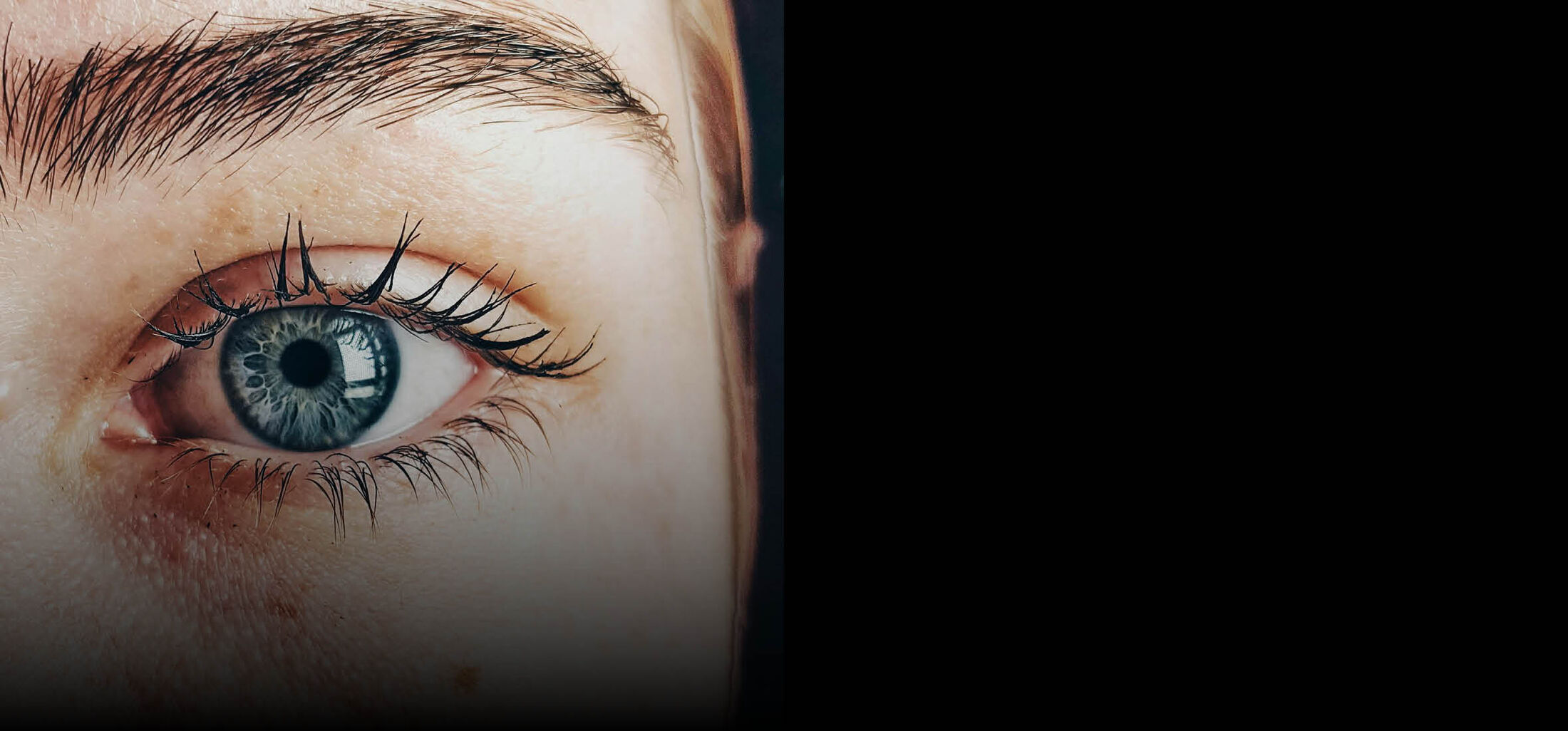Learn who we are -
The RTG 2610 InnoRetVision Institutions
RWTH Aachen University and Forschungszentrum Jülich
RWTH Aachen is an Integrated Interdisciplinary University of Technology. Positioned in a societal and economical context, engineering, natural, and life science are the core of RWTH’s research and education. Building upon an interdisciplinary research culture, both RWTH Aachen University and the Forschungszentrum Jülich develop sustainable solutions for the grand technical and scientific challenges. These are in particular digitalized production processes, sustainable energy, and resource supply, innovative mobility concepts as well as the fundamental questions in the natural and life sciences and in particular to Medical Science & Technology (MedST). Within the Neuroscience profile area and research field Prof. Walter introduced the Neurostimulation Center, which is an interdisciplinary working group of clinicians from Ophthalmology, ENT, Neurology, Neurosurgery, and Psychiatry who are interested in electric stimulation of the neural system. Neurosciences continue to be among the key research areas at RWTH Aachen and Forschungszentrum Jülich (JARA Brain).
The RTG InnoRetVision is a perfect fit for this strategy. It will allow the University to intensify its cooperation with the Forschungszentrum Jülich and to strengthen the relations to the University Hospital.
At the Medical Faculty RWTH Aachen University all Research Training groups are organized within the framework of the Biomedical Graduate School BMGS. BMGS was initiated to improve teaching and support for the doctoral students mainly PhD and Dr.rer.nat. BMGS defines standards in teaching and support and serves as a platform for scientific exchange and interactions. It is planned that RTG 2610 will also be a member of BMGS to provide access to excellent biomedical and molecular training and education.
The Medical Faculty of RWTH Aachen is also running an MD/PhD program. This program was initiated to provide the opportunity for medical doctors to obtain an additional Dr.rer.nat. or Dr. rer. med. title after a 3 year period of research and structural education. Lectures, seminars and soft skill trainings in the MD/PhD program will also be available for the RTG 2610 students.
University Duisburg-Essen
Medical Technology is a strong part of the strategy of the university. There exists an interdisciplinary Bachelor and Master Degree Program “Medical Technologies”, having a focus in the Master-program on „Biomedical Technology“ and „Tele Medicine“. This program is represented by Electrical Engineering, Mechanical Engineering, Informatics, Cognition Science, and Medicine. Here, the percentage of female students is the highest within an engineering program (>60 %).
The department of “Microelectronic Devices and Circuits” (EBS) has wide experience in medical technologies due to several DFG- and industry-funded projects, for example
- Retina-Research: EPIRET (BMFT), BiMEA (DFG), Opto-Epiret (DFG)
- Electrode-based high resolving and mobile ExG-System (BMWI)
- Determination of pulse waves run-time in blood: ANTEMES (DFG), Panalytics (BMBF)
For a long time, EBS and the Aachen-group have been working together in a variety of projects and have more than ten common publication.
EBS will offer a significant contribution to the RTG with its strong competence in circuit design for retinal implants as well as for design of photo diode arrays, thus providing the necessary circuits for detection, readout, and stimulation.
In addition, there is close connection to the Fraunhofer Institute for Microelectronic Circuits and Systems (IMS) with regard to contents and technology. IMS operates a certified 200mm-CMOS fabrication line with state of the art processes. The institute participates in the large scale project “Forschungsfabrik Mikroelektronik Deutschland” (FMD). FMD has made possible to acquire new equipment especially dedicated to the development and fabrication of integrated optical devices and smart MEMS sensors. There is a CMOS-process available with integrated optical detectors for fabricating camera chips. This process has already been used in the project “Opto-Epiret” and will be made available for the RTG as well. Additional process steps have been implemented to prepare chips having an arbitrary size and shape. In “Opto-Epiret”, for example, chips with an elliptical outline are fabricated. These unique features are not available at any other university or in industry
